How To Grow Healing Herbs For Health And Wellbeing

Having a constant supply of healing plants at your fingertips is just one of the many benefits of planting a medicinal herb garden. This age-old approach to treating everyday conditions such as coughs, colds, scrapes, and burns not only ensures that you’ll always have access to fresh, organic remedies but also allows you to harness the power of nature in a way that’s both effective and sustainable.
By growing your own medicinal herbs at home, you can create a personal apothecary that’s tailored to your specific needs and preferences. And with so many healing plants to choose from, you’re sure to find the perfect solution for whatever minor ailment comes your way.
Planning a Medicinal Herb Garden Design
When it comes to designing an herb garden, there’s no one-size-fits-all approach. The possibilities range from a simple, rustic border to a meticulously crafted knot garden. As you plan your design, consider the following key factors:Lighting- Herb gardens thrive in areas that receive 5-6 hours of direct sunlight daily. When planting along a building, steer clear of the north side to ensure optimal growth. Soil Conditions- Like most plants, herbs require well-drained, fertile soil to flourish.
To prepare your bed, dig down 8-12 inches and incorporate organic matter like compost or aged manure. If your soil is heavy clay, poor drainage may be a concern; raised beds can provide a solution. Accessibility- As the herb gardener, you’ll want easy access to your plants for maintenance and harvesting. Avoid creating beds that are too wide, making it difficult to tend to your herbs. Install paths or stepping stones between beds to enhance accessibility.
Container Considerations- Some herbs have a propensity to spread aggressively, taking over the entire garden. It’s often preferable to grow species like those in the mint family in containers. Upcycled wooden wine barrels cut in half can make for charming and functional planters.
Choosing Healing Herbs for the Medicinal Herb Garden
Nurturing a medicinal herb garden can be an incredibly rewarding experience, allowing you to grow your own natural remedies. Two reliable online sources for high-quality herb seeds include Horizon Herbs and Mountain Rose Herbs. In addition to these online options, many common herbs like chamomile and peppermint are also readily available at local nurseries. As a starting point, consider the following medicinal herbs and their various uses:
#1. Calendula (Calendula officinalis)
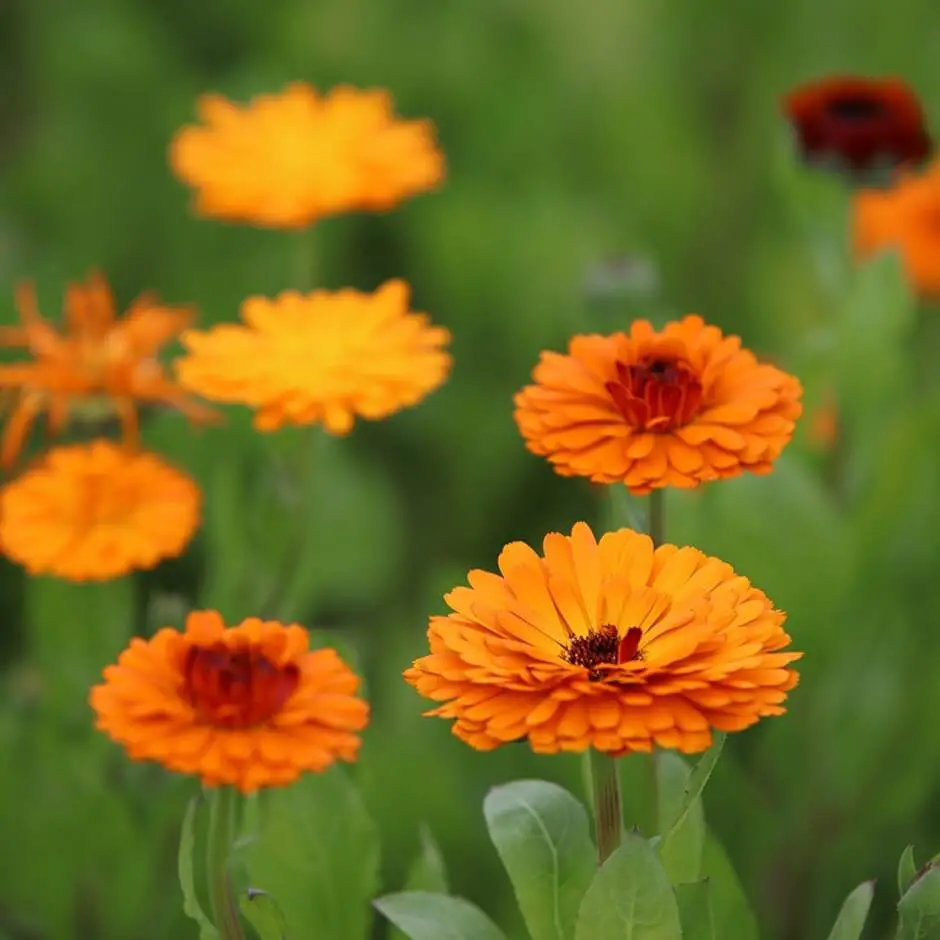
Topical creams can be employed to treat a range of dermatological concerns beyond their primary purpose of moisturizing and softening the skin. One notable application involves using these products to alleviate symptoms associated with external injuries, including bruising, burns, and minor skin irritations.
#2. Catnip (Nepeta cataria)
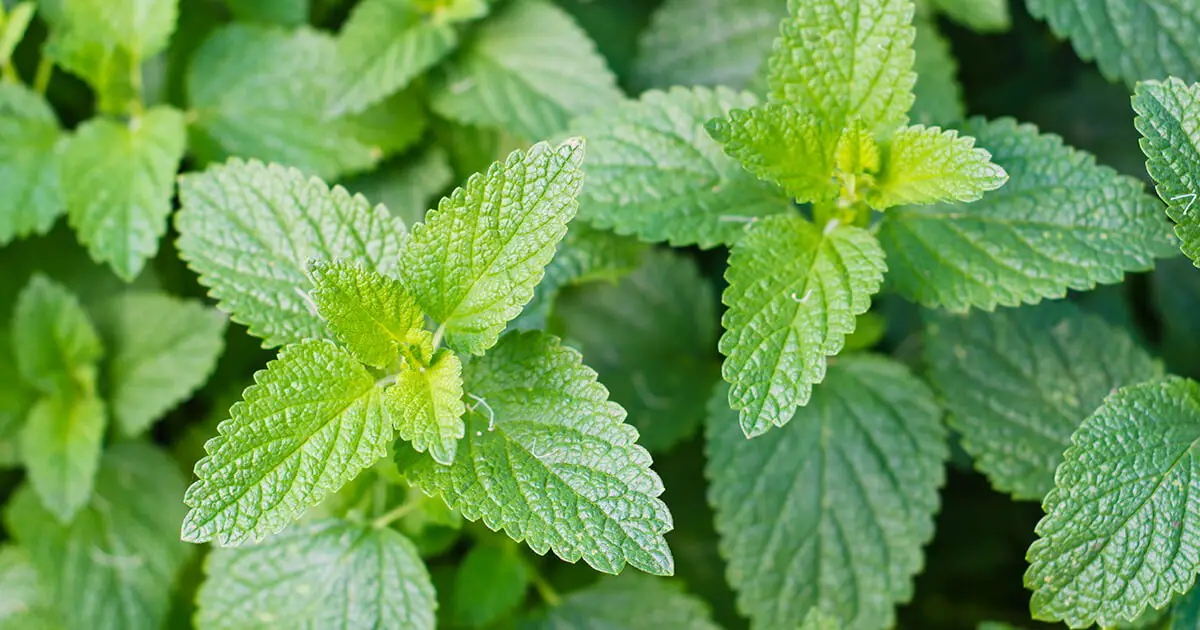
Like lemon balm, passionflower’s calming and sweating properties make it a useful herb for promoting relaxation and alleviating stress. Its soothing effects can help calm an overactive mind, making it an effective natural remedy for anxiety and insomnia.
#3. Chamomile (Matricaria recutita)
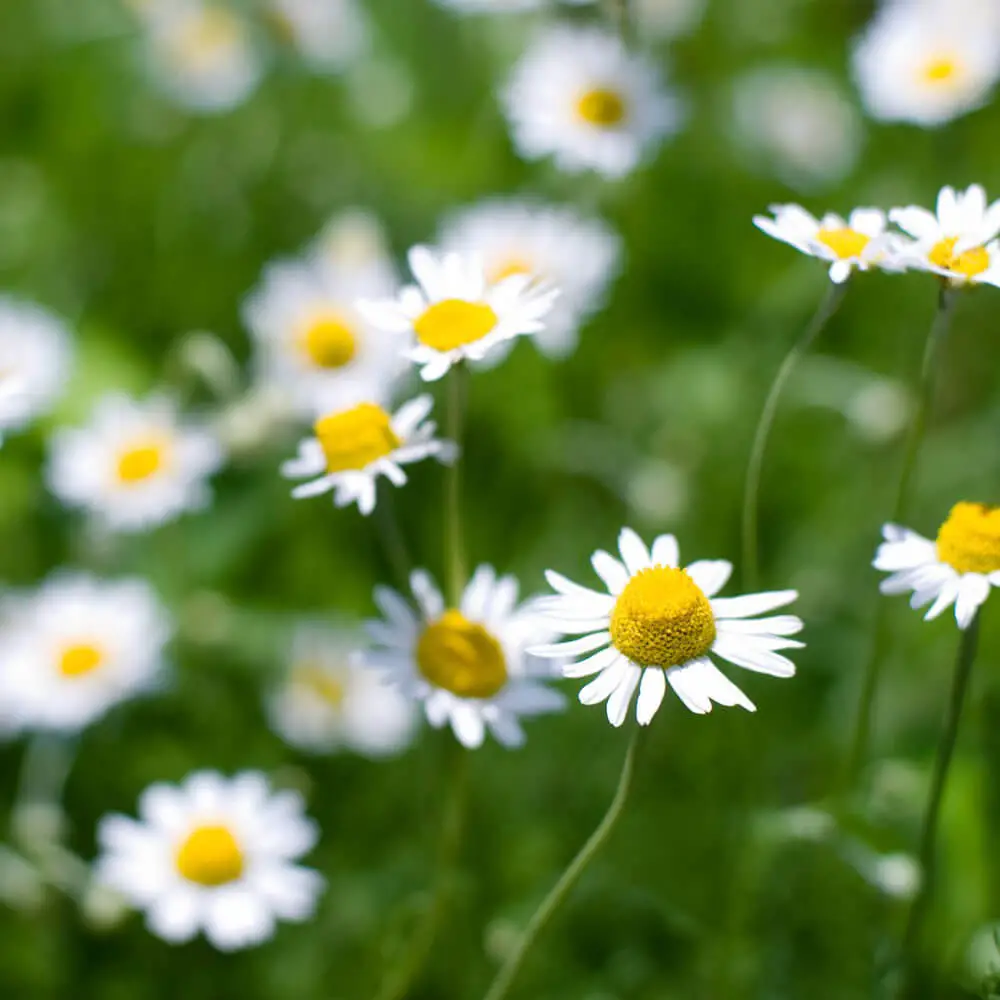
When seeking relief from feelings of nervousness or alleviating the discomfort associated with an upset stomach, [insert calming agent] offers a sense of serenity and tranquility. Its ability to calm the mind and soothe the digestive system makes it an excellent remedy for individuals experiencing these symptoms.
#4. Echinacea (Echinacea angustifolia, E. purpurea)
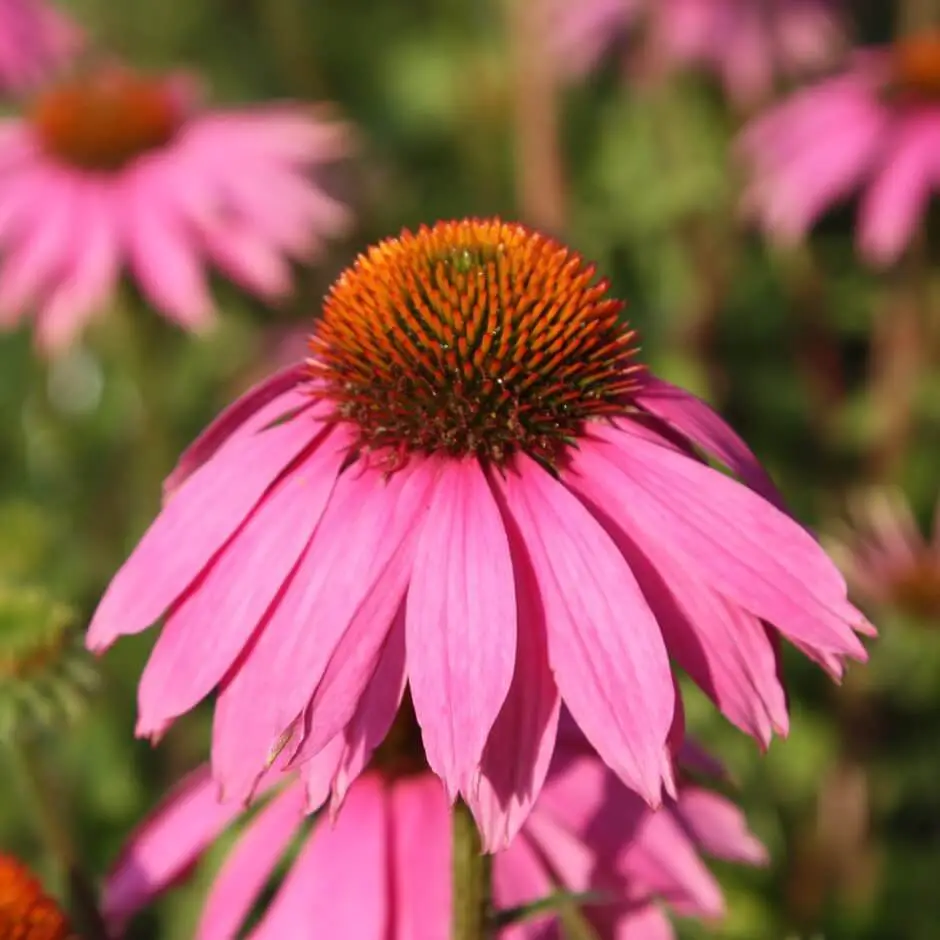
The widespread use of Echinacea as a natural immunity booster has led to unsustainable levels of harvesting from the wild, resulting in severe overexploitation and concerns about its long-term availability.
#5. Goldenseal (Hydrastis canadensis)
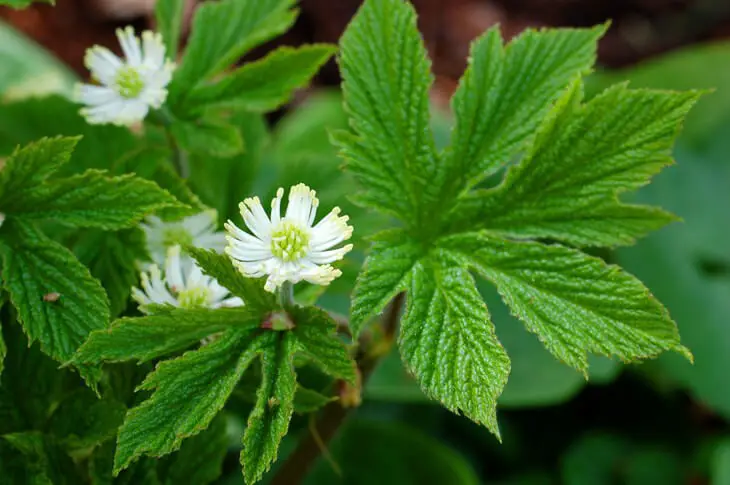
Goldenseal’s impressive antimicrobial capabilities make it a valuable asset in combating common ailments like colds, flu, and infections. However, its popularity has led to widespread overharvesting of this plant from its natural habitats, threatening its long-term sustainability.
#6. Lavender (Lavandula spp.)
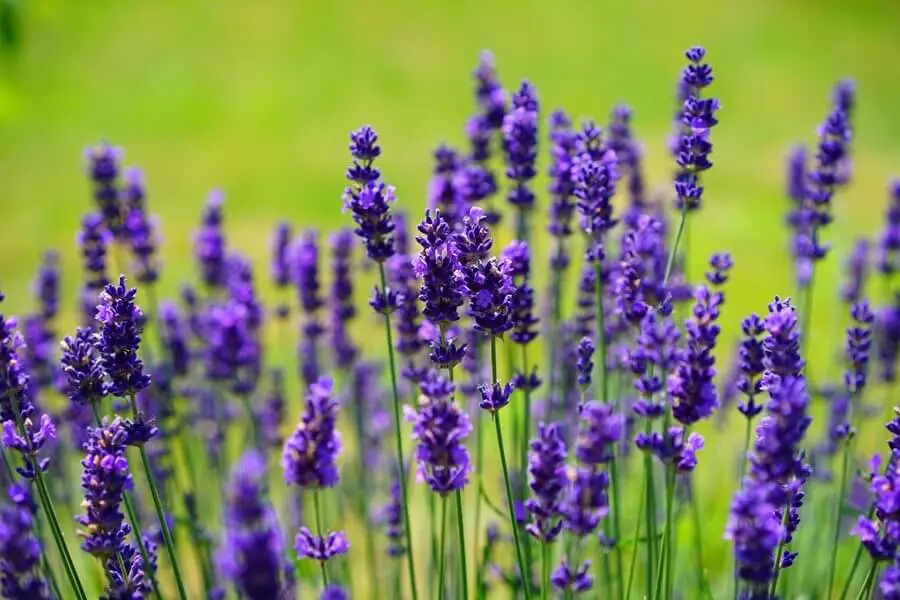
Lavender’s soothing aroma is not only a delight to the senses but also boasts a range of benefits for our well-being. One of its most notable advantages is its ability to calm the mind and body, providing relief from the debilitating effects of headaches.
#7. Lemon Balm (Melissa officinalis)
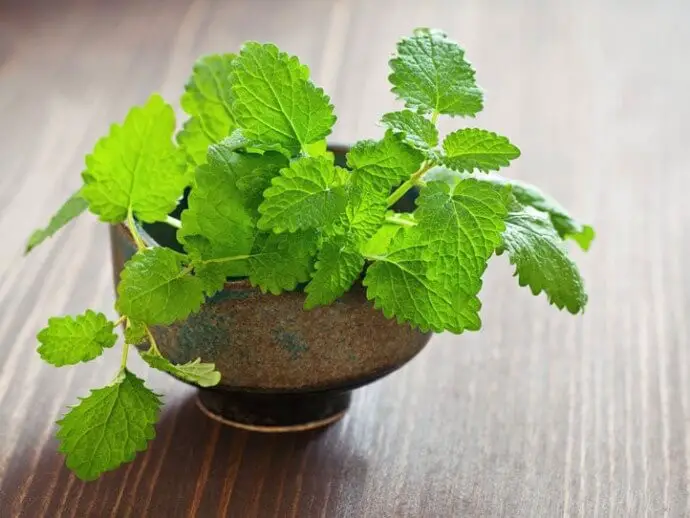
Lemon balm, often referred to as a calmerative, holds another lesser-known property: it serves as a gentle diaphoretic. This unique characteristic enables its use in traditional medicine to stimulate sweating, typically employed at the initial stages of illnesses such as colds and flu, with the aim of aiding the body’s natural defenses in combating infection.
#8. Mullein (Verbascum thapsus)
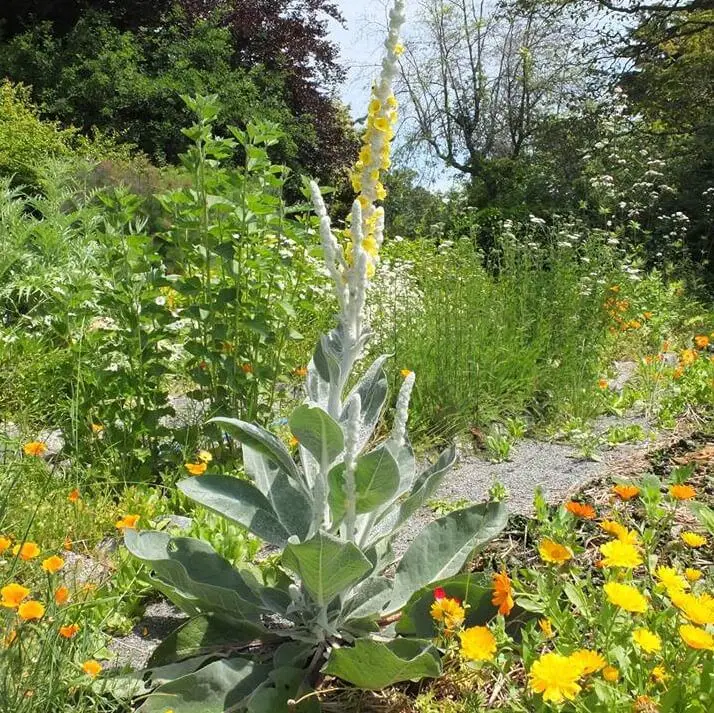
When it comes to tackling coughs and respiratory issues, there’s no shortage of effective remedies to turn to. Among the most reliable solutions is one that’s been trusted for generations: natural methods that soothe the throat and lungs, offering much-needed relief from persistent hacking and wheezing.
#9. Peppermint (Mentha poperita)
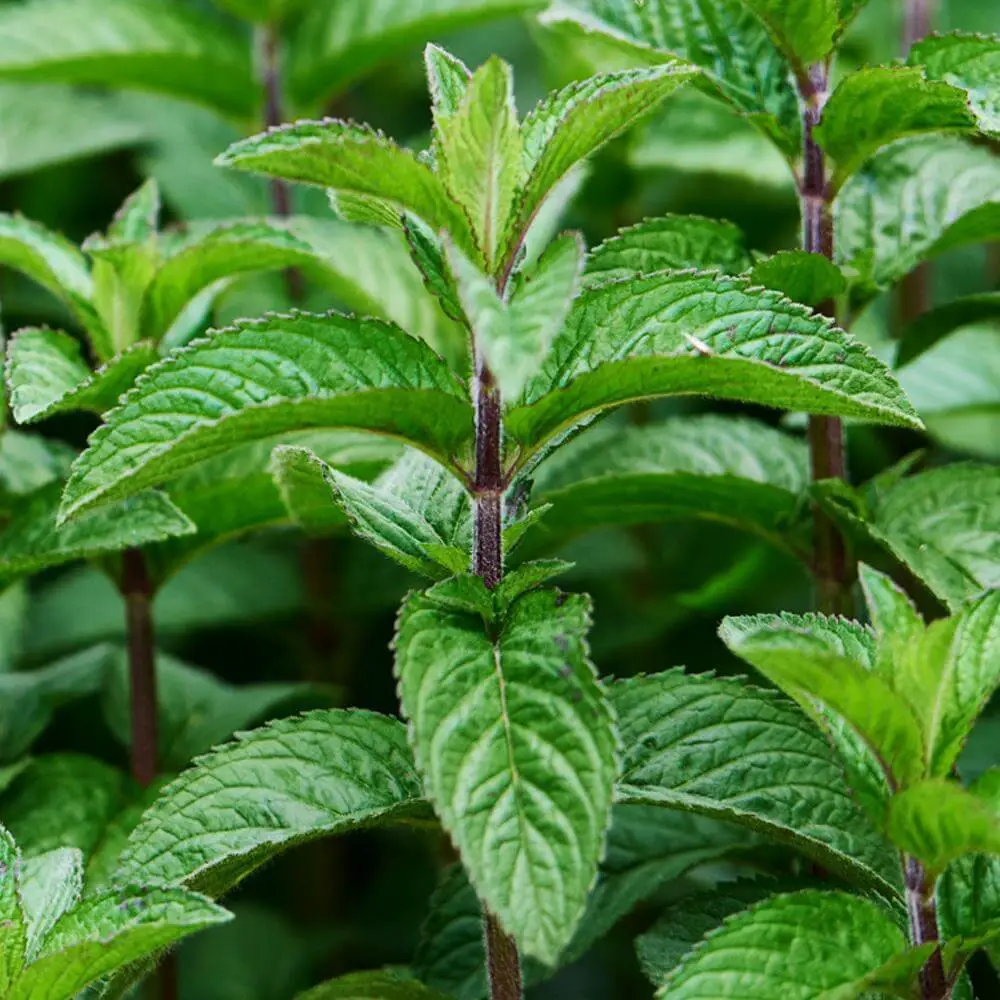
The soothing properties of mint tea make it a refreshing beverage option, but its benefits extend beyond the realm of taste. In addition to providing relief from digestive issues such as upset stomachs, mint’s calming effects can also help alleviate nausea and indigestion.
#10. Plantain (Plantago major, P. lanceolata)
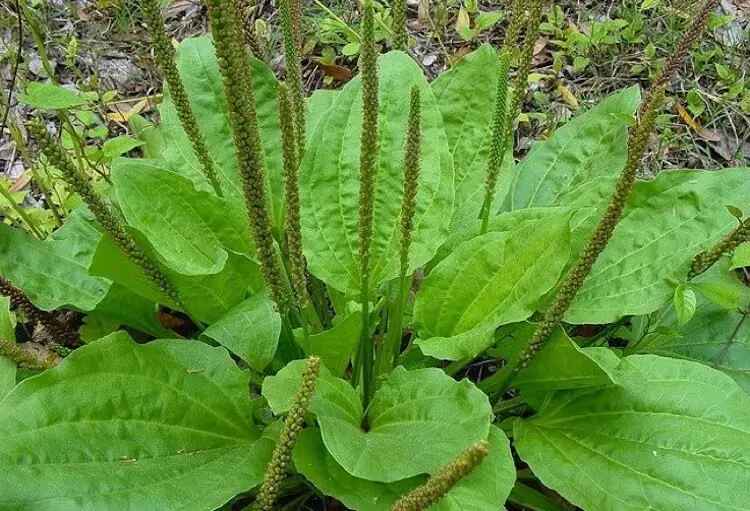
#11. Yarrow (Achillea millefolium)
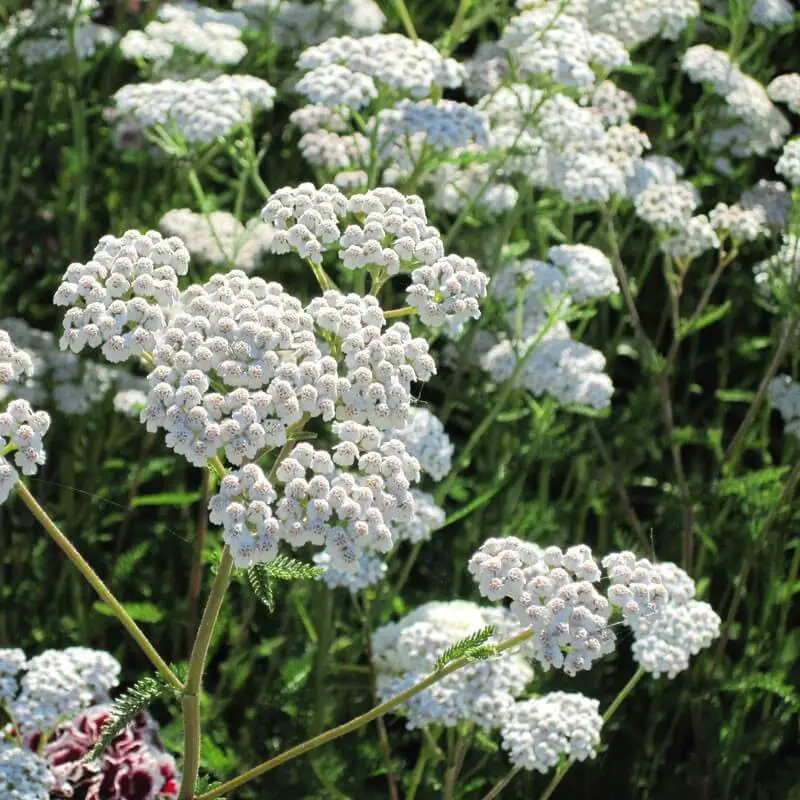
The versatility of yarrow has been evident throughout history, with its use extending far beyond its initial application in stopping bleeding wounds. In fact, when symptoms of colds and flu begin to manifest, yarrow is often employed to help alleviate fevers and kickstart the recovery process.
Harvesting and Drying Medicinal Herbs
When it comes to harvesting aerial parts such as leaves and flowers, the best time is during the active growing seasons of spring and summer. For optimal results, harvest in the morning after the dew has dried, ensuring that the plant’s energy is at its peak. When cutting back annual plants, take no more than half, leaving at least 4 inches above ground and preserving the growing part of the plant. With proper care, many annuals can be harvested two or three times within a single growing season.
In contrast, perennial plants require more caution, with only one-third or less being taken to avoid compromising the plant’s vitality. As for root harvesting, this is typically done in the fall, and it’s recommended that plants reach maturity at around 2-3 years old before excavation. Drying medicinal herbs is a crucial step, especially when preserving leaves and their attached foliage.
Hanging these loose bundles upside down can help prevent mold from developing, while also allowing for optimal air circulation. Alternatively, paper bags can be used as an effective drying method. It’s essential to note that many herbal remedies are contraindicated for individuals who are pregnant, nursing, or taking prescription medication. As a result, it’s crucial to consult with a qualified herbalist before utilizing these remedies, ensuring a safe and effective treatment approach.






